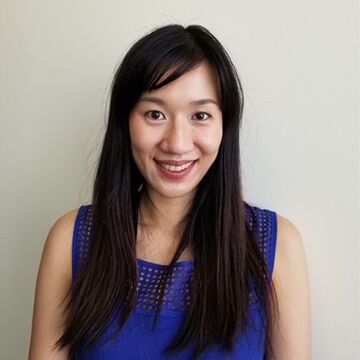|
Description
This experiential class is designed for artists who wish to develop a studio practice with a focus on the deviant bodymind histories and the representation of disability/illness narratives. Including perspectives both inside and outside of an artistic, therapeutic, and/or medical context. Students will learn to integrate disability aesthetics (Sieber, 2010), critical “knowing-making” (Hamraie, 2017), crip technoscience (Hammraie and Fritsch, 2019), Crip Couture (Yi, 2020) and other disability art and design concepts and practices in their work. Students who are interested in the following area of practice/discipline might benefit from taking this course: art therapy and counseling, design object, fashion design, visual critical studies and fiber and materials studies. Artists/designers/theorists that may be referenced in the course include Panteha Abareshi, Kristina Veasey, Laura Splan, Rebecca Horn, Harriet Sanderson, Sins Invalid, Daniel Moraes, Lisa Bufano, Aimi Hamraie, Kelly Fritsch, Tobin Siebers. Students will create artworks that serve as an “extension” of their bodymind state. “Extensions” can include but are not limited to body adornments; wearable designs; physical, emotional or psychological aids; relational/interactive performances. Students will explore and choose media that reflect the wearer’s (and or participant’s) haptic memories and experiences of deviancy. Light reading, lectures, class discussions, gallery visits and visiting artist’s talk will provide inspiration for students to develop their project.
|
Class Number
2366
Credits
3
|
|
Description
This course continues the thesis writing process in which the final components of the body of the paper, discussion, and conclusion are created. Preparing, planning, and producing the thesis provides a point of view and documentation of original ideas in art therapy. Students can utilize a variety of descriptive approaches in writing their theses (e.g. narrative, case study, traditional research, ethnographic). In addition to finishing the thesis in written form, each student is required to do a formal presentation of their thesis material. There are creative opportunities for traditional and nontraditional forms of presentation. Both visual and written material may be included in this thesis, which is supervised by an adviser from the art therapy faculty.
|
Class Number
2338
Credits
3
|

